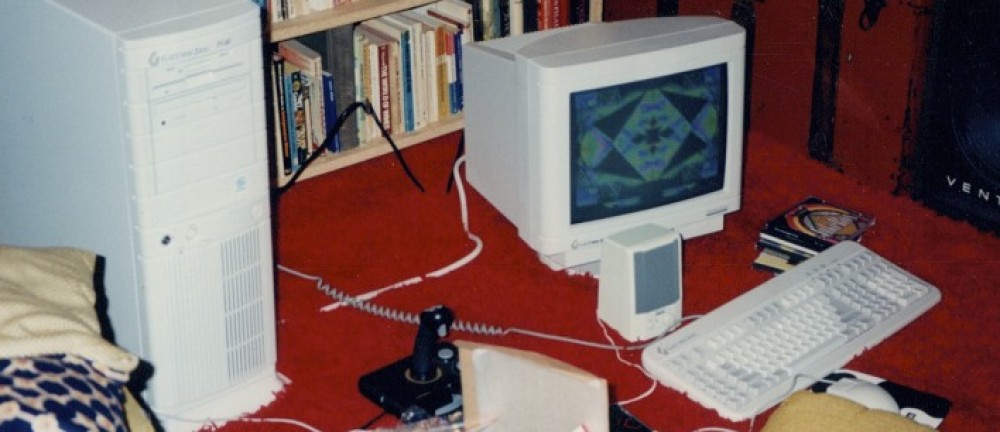AISOS has been supporting Professor Kat Hayes on the production of “Virtual MISLS”, an iOS app that allows users to explore a historic building at Fort Snelling (Minnesota). It is designed for Google Cardboard and other mobile virtual reality headsets.
During World War II, the Military Intelligence Language School (MISLS) at Fort Snelling trained soldiers in the Japanese language to aid the war effort. Many of the buildings used for the MISLS are still standing, but are not open to the public. Because physical preservation and renovation are costly and take years to accomplish, researchers at the University of Minnesota have used a technique called photogrammetry to create a three-dimensional virtual reality (VR) model of one of the classroom buildings (Building 103) from Fort Snelling’s Upper Post. This app lets you experience the space of Building 103, where you can navigate through a guided virtual museum exhibit that uses text panels, photos, and audio clips of oral history interviews with Japanese American MISLS veterans.
Virtual reality is a powerful tool for public memory projects as it creates an immersive and interactive experience that allows users to imagine what it might have been like to be a soldier and student at the language school. This current app is a work in progress that seeks to provide alternative modes of access into spaces and histories that are under-represented at Historic Fort Snelling.
To use the app, you’ll need some sort of Google Cardboard viewer. We like the DSCVR viewer, but any viewer will work fine. If you have a “plus” size iPhone, make sure your viewer supports that size.
The app begins with some tutorial information. If you have further questions, please get in touch.
